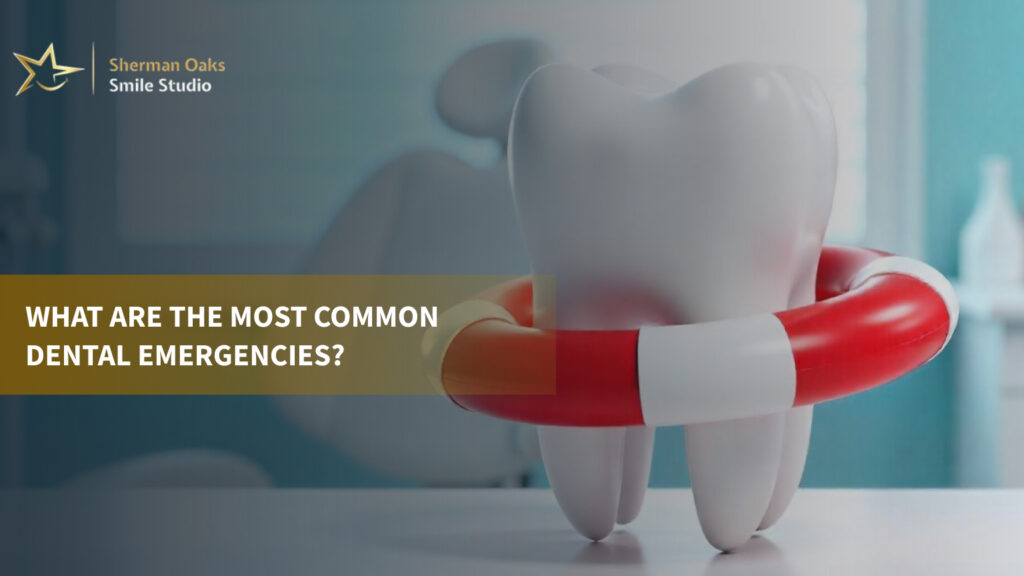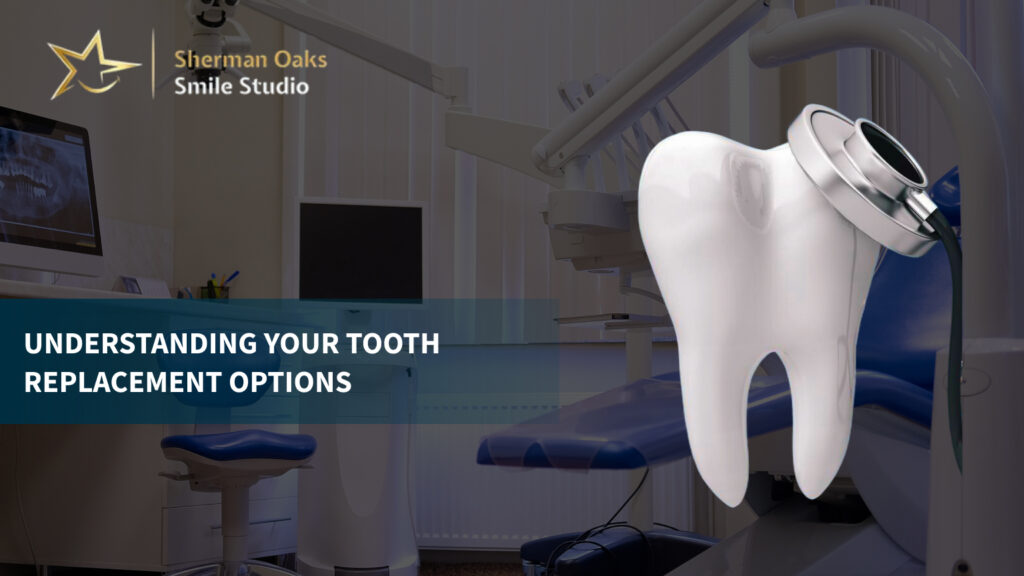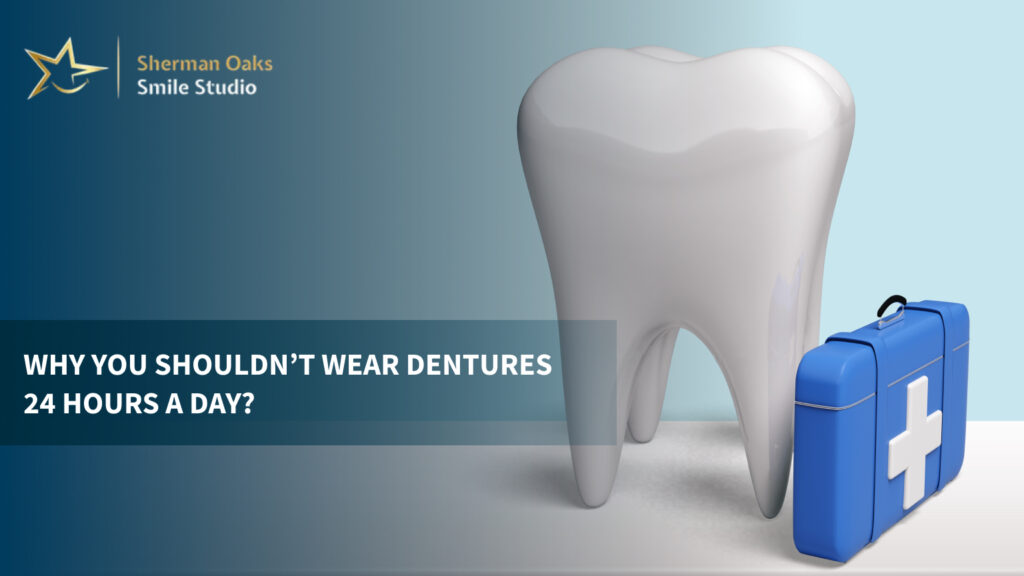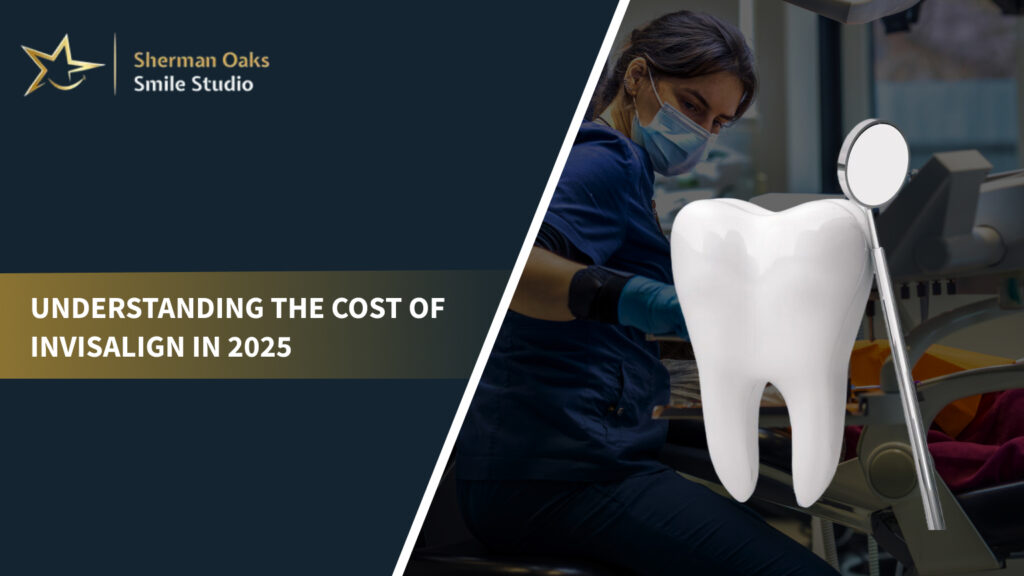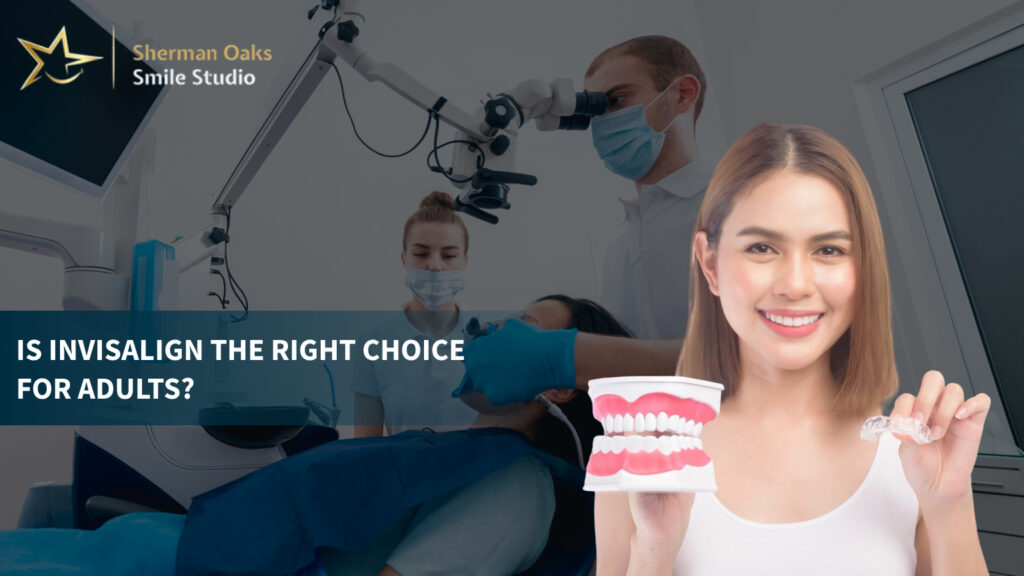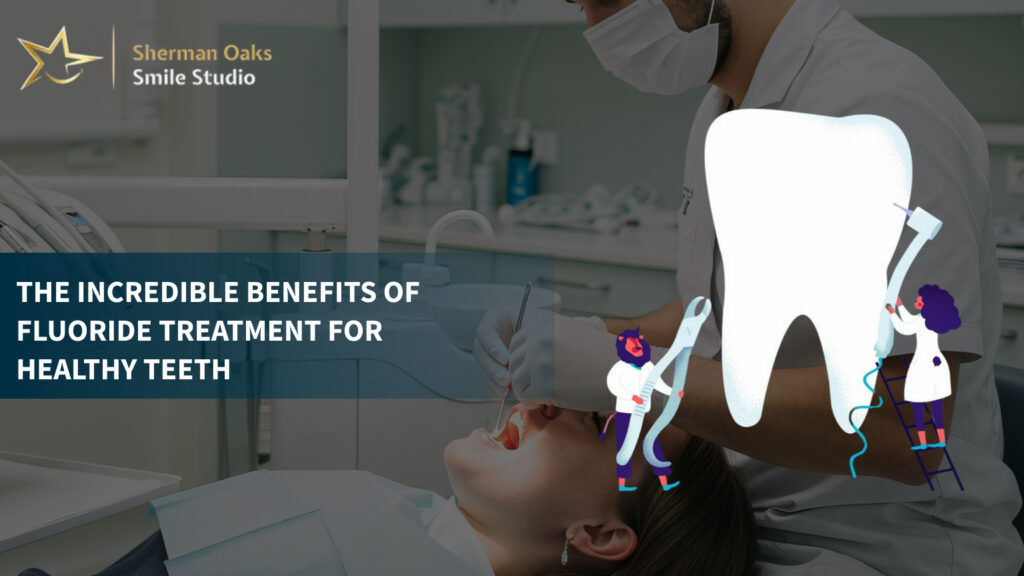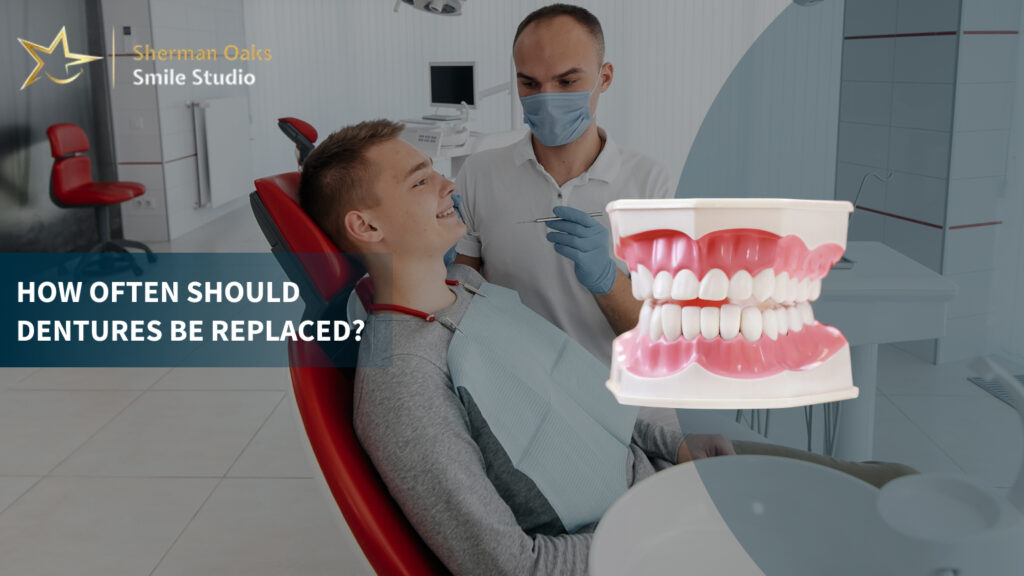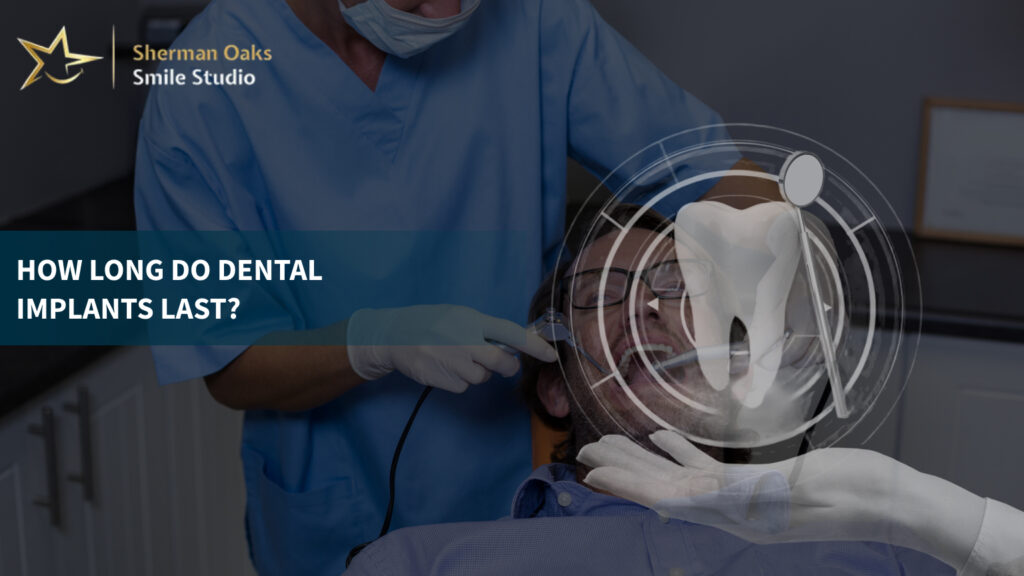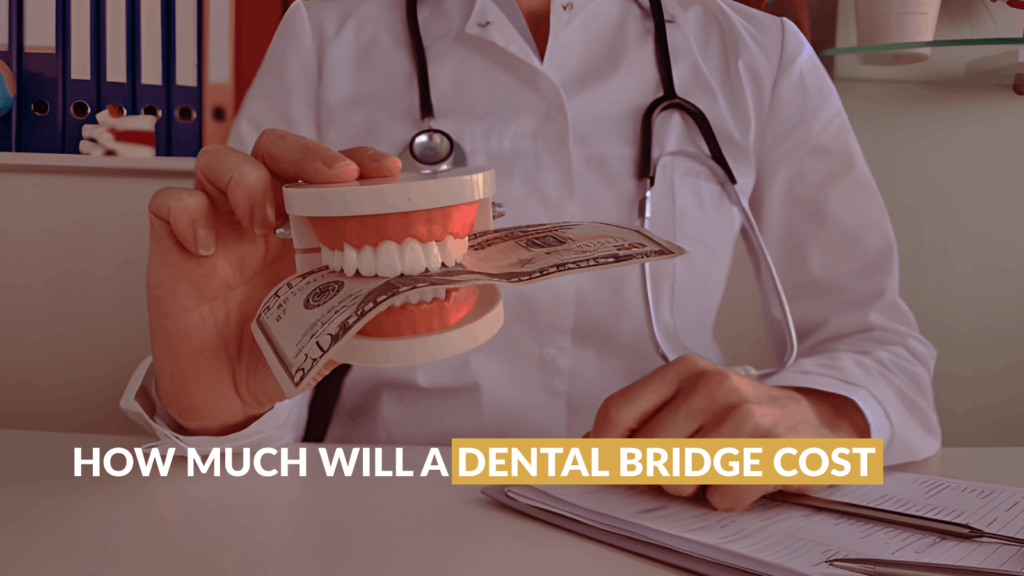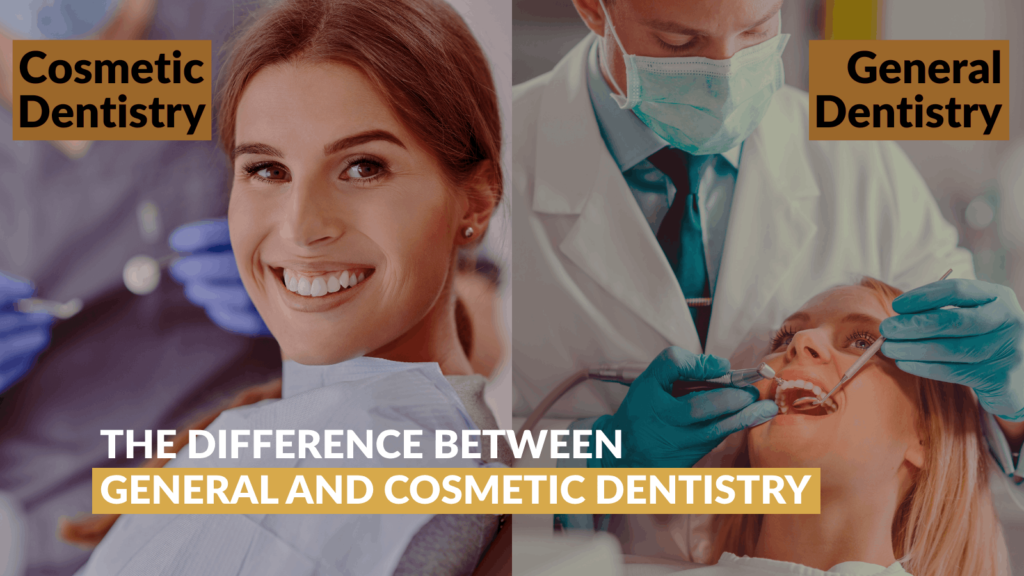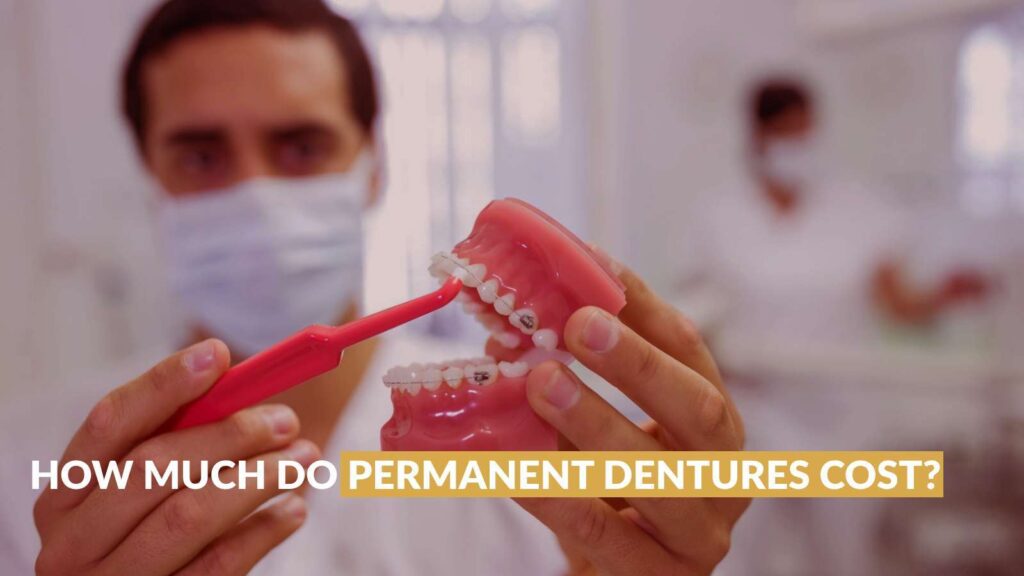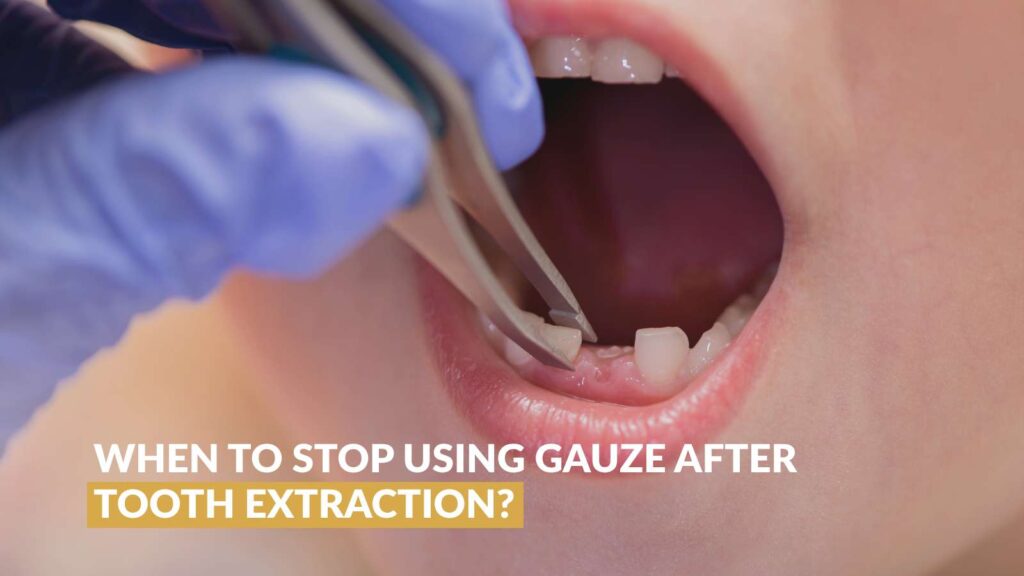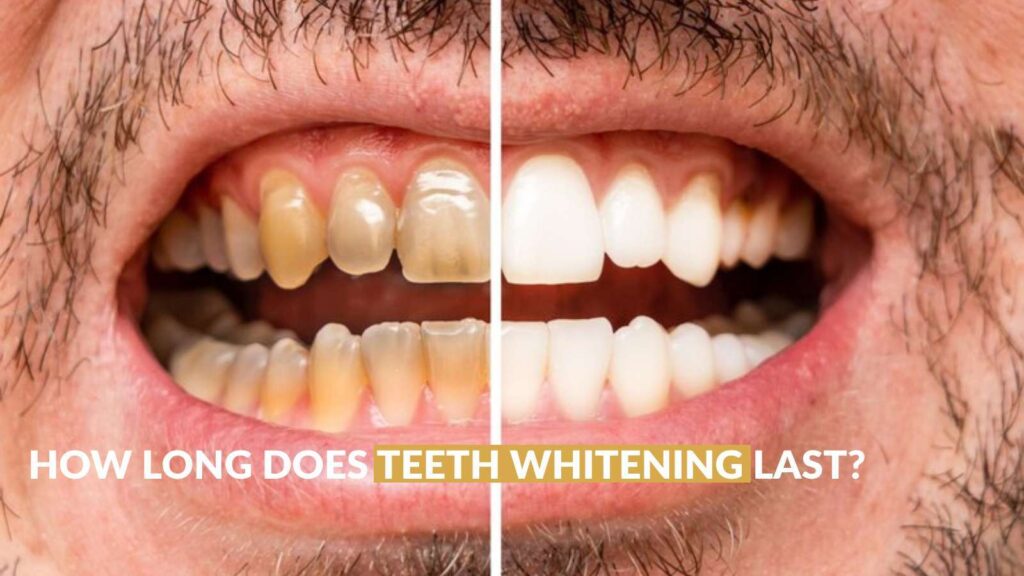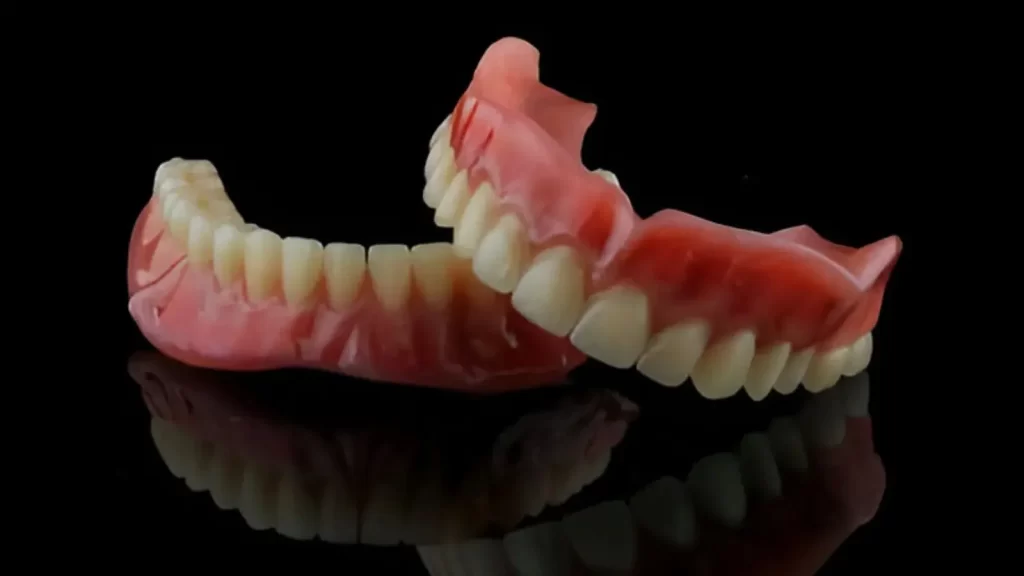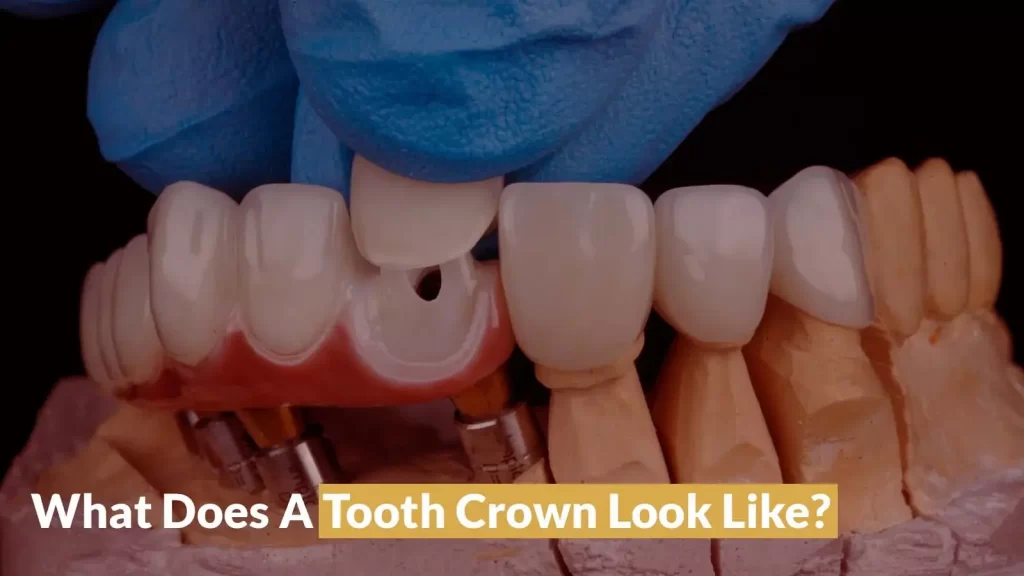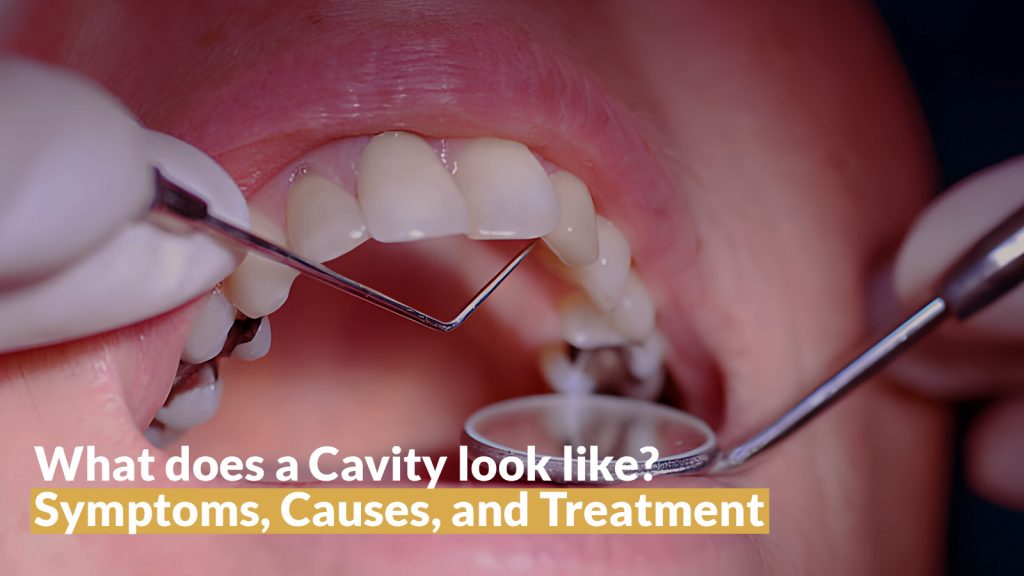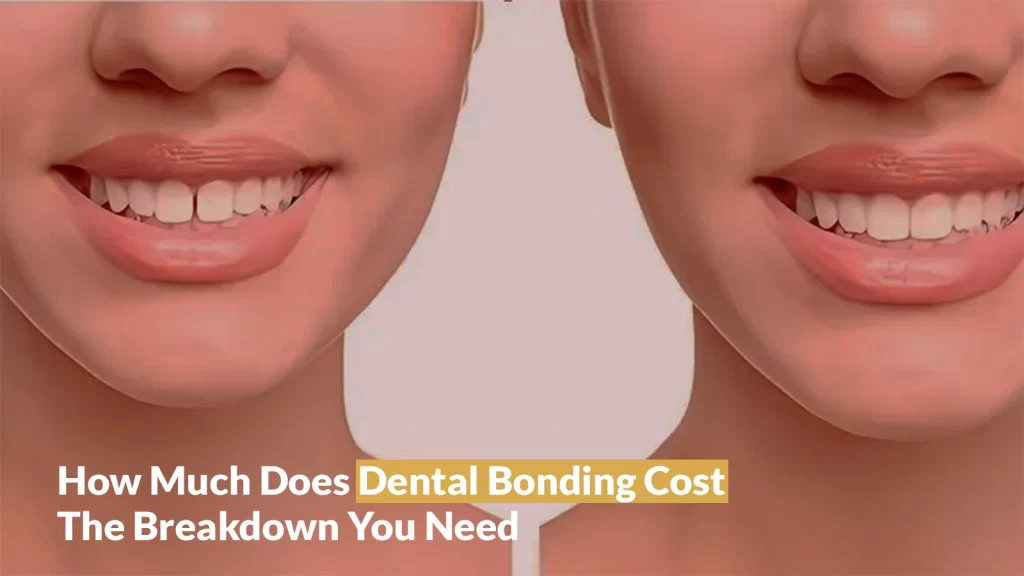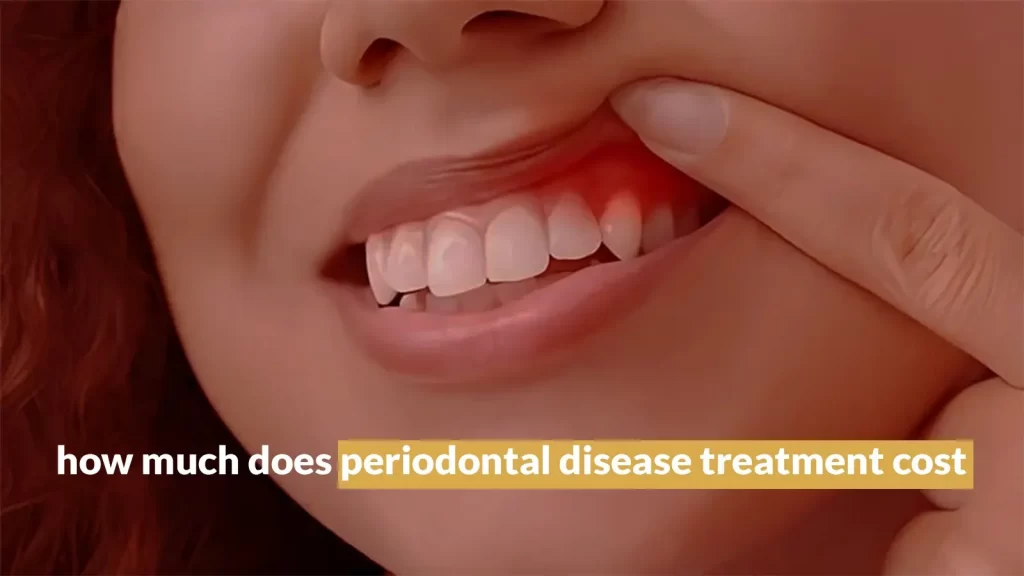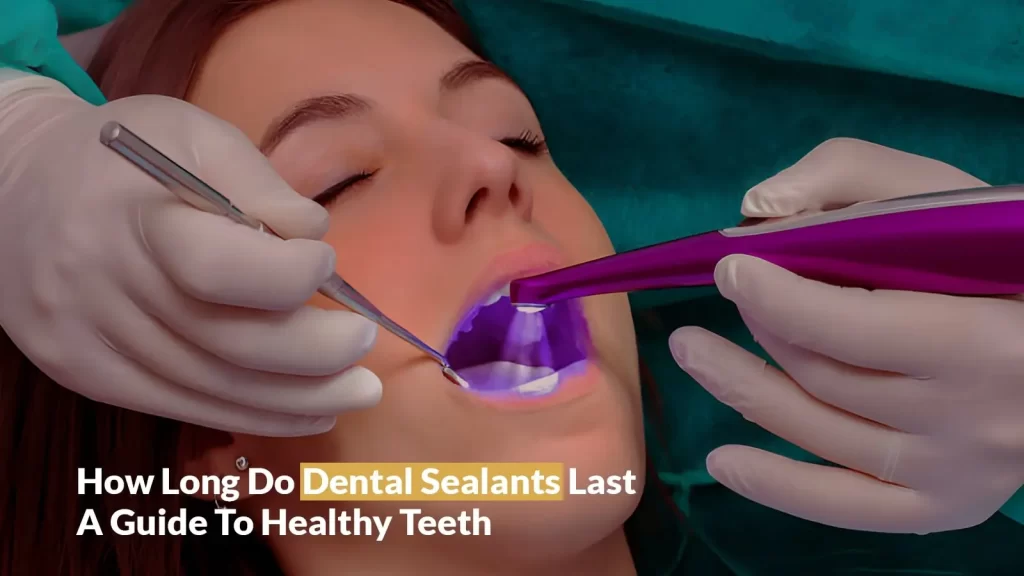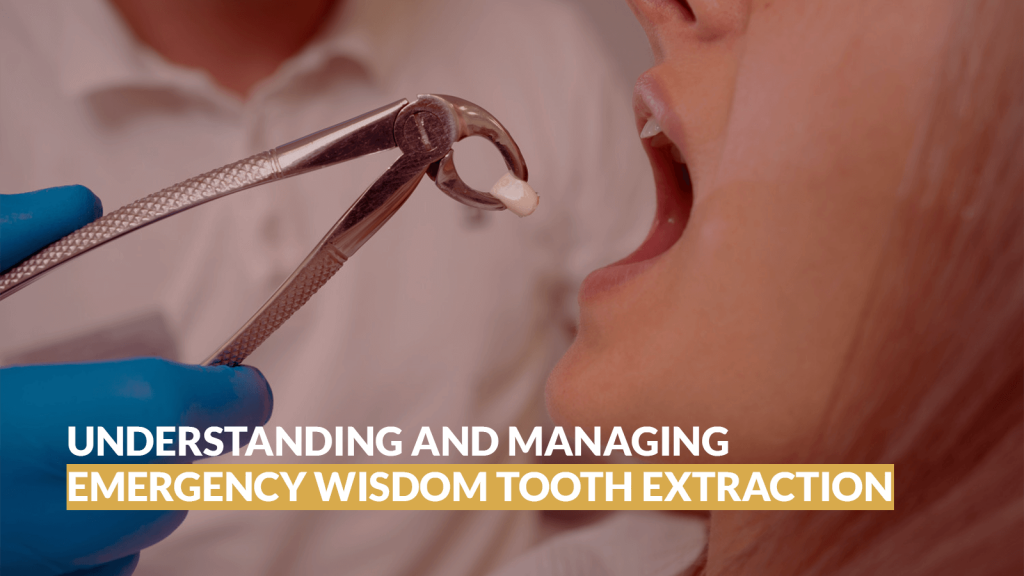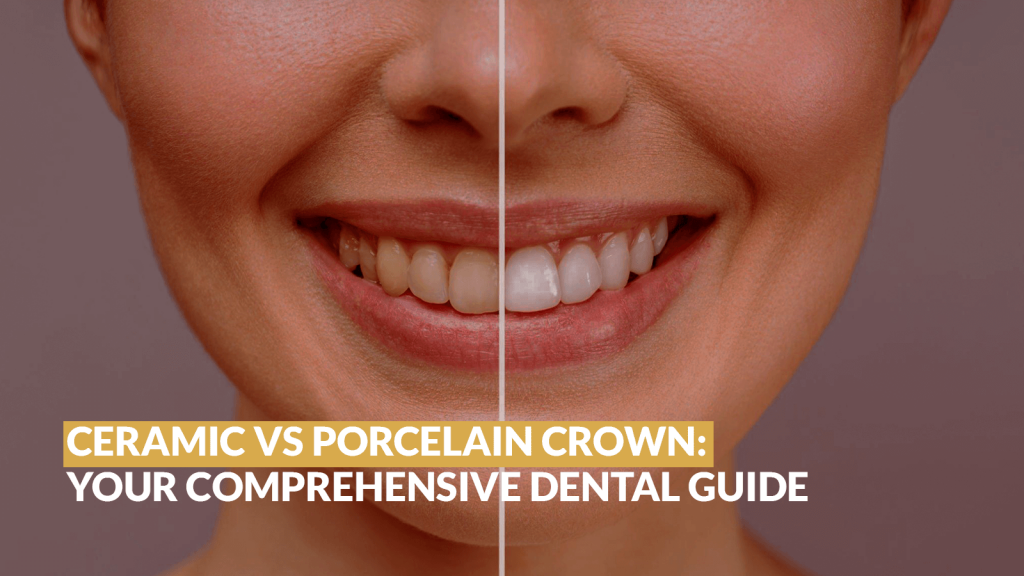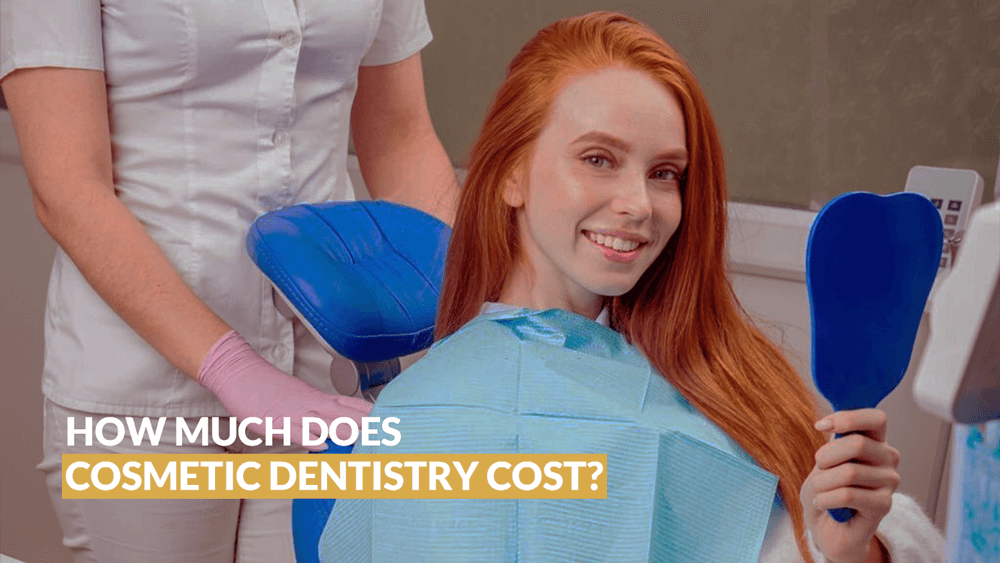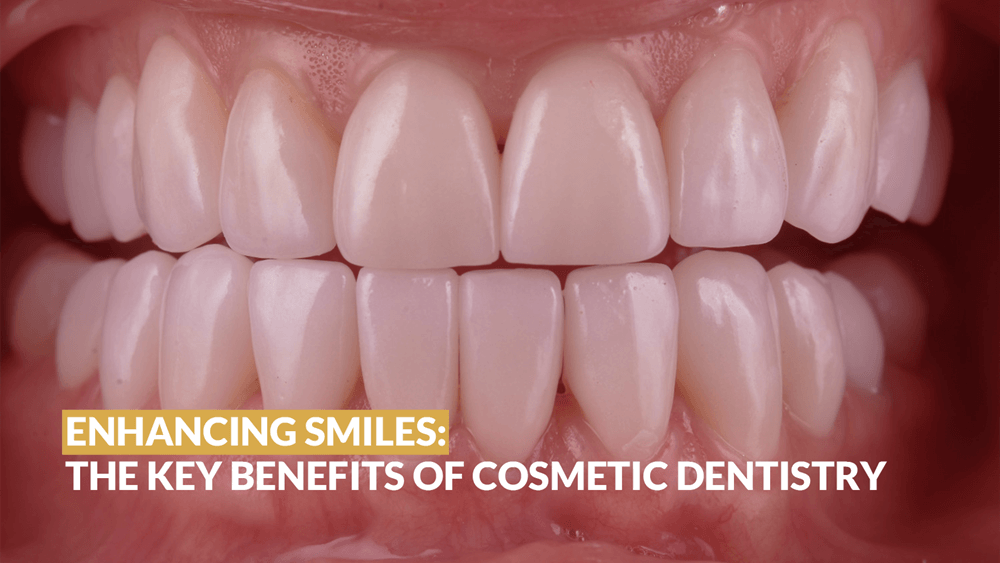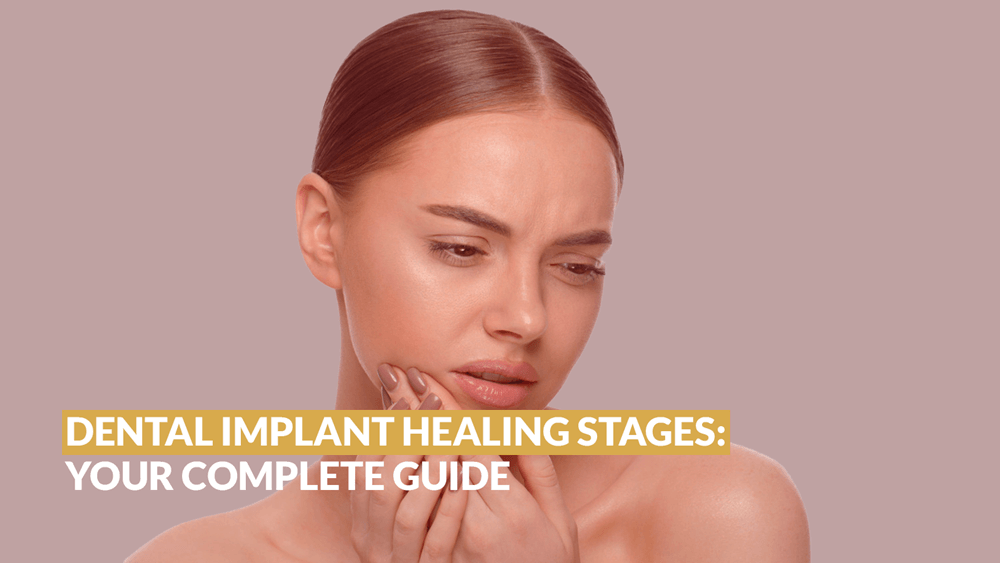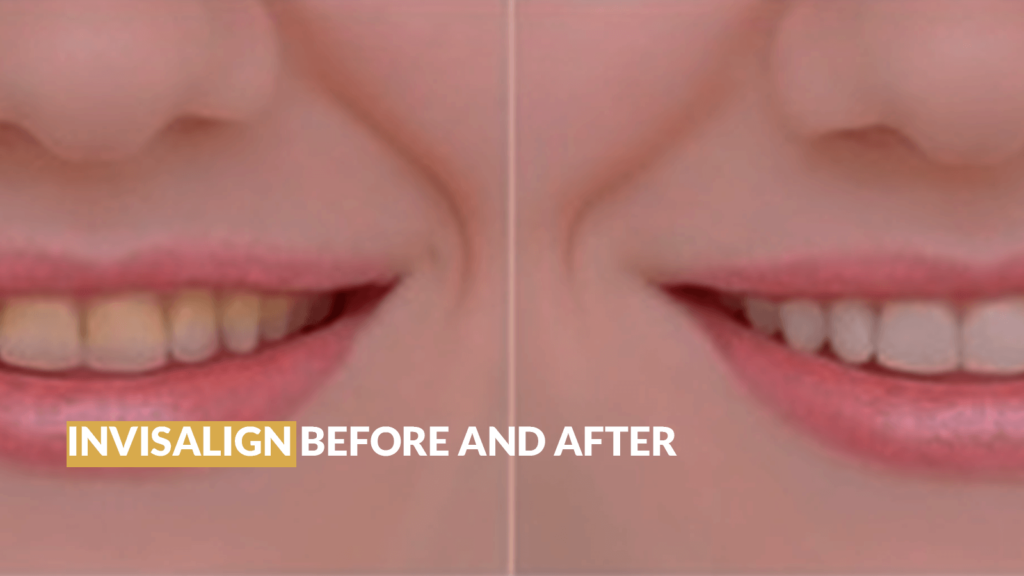According to its discreet, comfortable, and efficient approach to orthodontics, Invisalign has grown to be among the most often used teeth-straightening solutions in recent years. Invisalign presents a contemporary option whether your goal is to enhance your smile or find a subdued substitute for conventional braces. Cost is a major factor, though, just like with other dental work, in determining whether it is the best option for you. Focusing on the United States and the Sherman Oaks location, this blog will investigate the cost of Invisalign treatment in 2025 and provide ideas for best maximizing savings. How much will my Invisalign cost in the US? Several elements affect the cost of Invisalign treatment in the United States: your location, the degree of intricacy of your case, and the treatment length. For Invisalign in the US, you should budget between $3,000 and $8,000 generally. Usually, the expenses cover the consultation, custom aligners, progress visits, and follow-up sessions. Sometimes extra costs could result from complications or required additional treatments. Local cost-of- living variations cause disparities in pricing as well between urban and rural locations. Though they may also provide additional choices for financing or insurance coverage, major cities sometimes have more expensive rates. How much will my Invisalign cost in the Sherman Oaks area? Invisalign treatment usually falls on the pricier end of the national spectrum in Sherman Oaks, California. For a full treatment plan, Sherman Oaks area residents should usually budget between $4,000 and $7,000. Factors include the experience of the practitioner, the degree of orthodontic correction needed, and the particular pricing policy of the dentist clinic affect the cost. Certain Sherman Oaks dental offices, including SmileOak Studio, might provide special financing programs or discounts to help local residents find Invisalign more reasonable. See your orthodontist to get a customized price depending on your particular need. Does insurance cover Invisalign? Though coverage may vary based on your particular policy, many dental insurance policies pay some of the Invisalign treatment cost. Generally speaking, dental insurance policies covering orthodontic procedures such as conventional braces could also provide coverage for Invisalign clear aligners. Still, you should confirm the exact details of your insurance coverage. Are Invisalign aligners covered by most dental insurance? Though the degree of coverage varies, dental insurance policies frequently cover Invisalign aligners. While some insurance policies have a defined limit for orthodontic procedures, others may cover up to 50% of the treatment expenses for adults and children under 18. Should Invisalign be covered, the coverage usually falls into the same category as conventional braces. Find out from your insurance company whether Invisalign is covered and to what degree before beginning your treatment. Your dentist practice might also help you to confirm coverage and handle claims on your behalf. How much does Invisalign cost without insurance? Should you lack dental insurance, you will have to pay the entire Invisalign out-of-pocket cost. As was already noted, based on several criteria the price usually falls between $3,000 and $8,000. Lack of insurance does not mean you have to completely give up on Invisalign; many dentist offices provide financing choices and payment schedules to help to make the treatment more reasonable. How much is Invisalign per month? Should you decide to pay for Invisalign monthly, your expenses will rely on the financing choices and overall cost of your treatment plan. With durations ranging from 12 to 24 months and monthly payments usually ranging from $100 to $300 most practices provide monthly payment options. Certain procedures additionally provide 0% interest financing, which would assist Invisalign to be more reasonably priced. Before pledging to a monthly plan, though, be sure to ask about any possible hidden costs or interest rates. Invisalign cost calculator Some dental offices—including SmileOak Studio in Sherman Oaks—offer Invisalign pricing calculators on their websites to help you better estimate how much your treatment will cost. These instruments let you enter your location, treatment needs, insurance information to get a treatment estimate. Although cost calculators offer a broad estimate, it is always advisable to arrange a visit with your orthodontist to obtain a precise, customized quotation. Are braces cheaper than Invisalign? For those with minor orthodontic needs especially, traditional braces are sometimes less expensive than Invisalign. For individuals who don’t mind the visibility and pain of metal braces, braces usually cost between $2,500 and $7,000, hence they are a more economical choice. Still, Invisalign has some benefits over conventional braces, including more comfort from its smooth plastic aligners. The possibility to take off aligners for brushing and eating. Perfect for individuals worried about appearances, a more subdued look Depending on your priorities, Invisalign could offer a more pleasant and visually acceptable option even if braces could be less expensive initially. Is there an Invisalign alternative? Indeed, Invisalign is not the only choice available; some others include: ClearCorrect: Another clear aligner system with comparable advantages that rivals Invisalign is ClearCorrect. SmileDirectClub: Though not fit for everyone, a well-liked at-home aligner service provides a more reasonably priced and handy answer. Braces: For complete teeth straightening, traditional metal or ceramic braces are still a rather popular and successful choice. See your dentist to find the most suitable alternative to Invisalign depending on your dental requirement. How much do clear aligners cost? Based on the provider and treatment complexity, clear aligners—like Invisalign—range in cost from $3,000 to $8,000. Other clear aligner brands might have somewhat different costs. For instance, SmileDirectClub provides more reasonably priced at-home aligner treatments; a full treatment is about $1,800. At-home therapies, meanwhile, might not be appropriate for every situation, particularly for complicated dental problems needing professional care. Before choosing an at-home aligner service, it is usually advisable to consult an orthodontist. How does clear aligners like Invisalign work? Invisalign clear aligners progressively gently bring your teeth into better alignment. After a first appointment and a 3D dental scan, a custom treatment plan is created. For about 20 to 22 hours per day, you will wear a set of clear aligners, each somewhat different from

